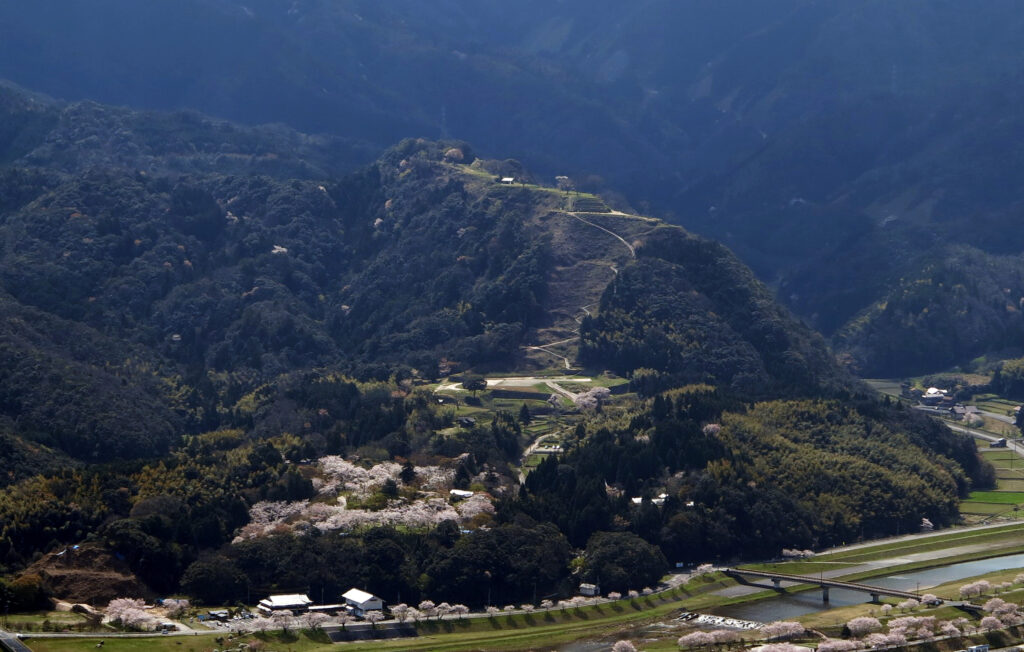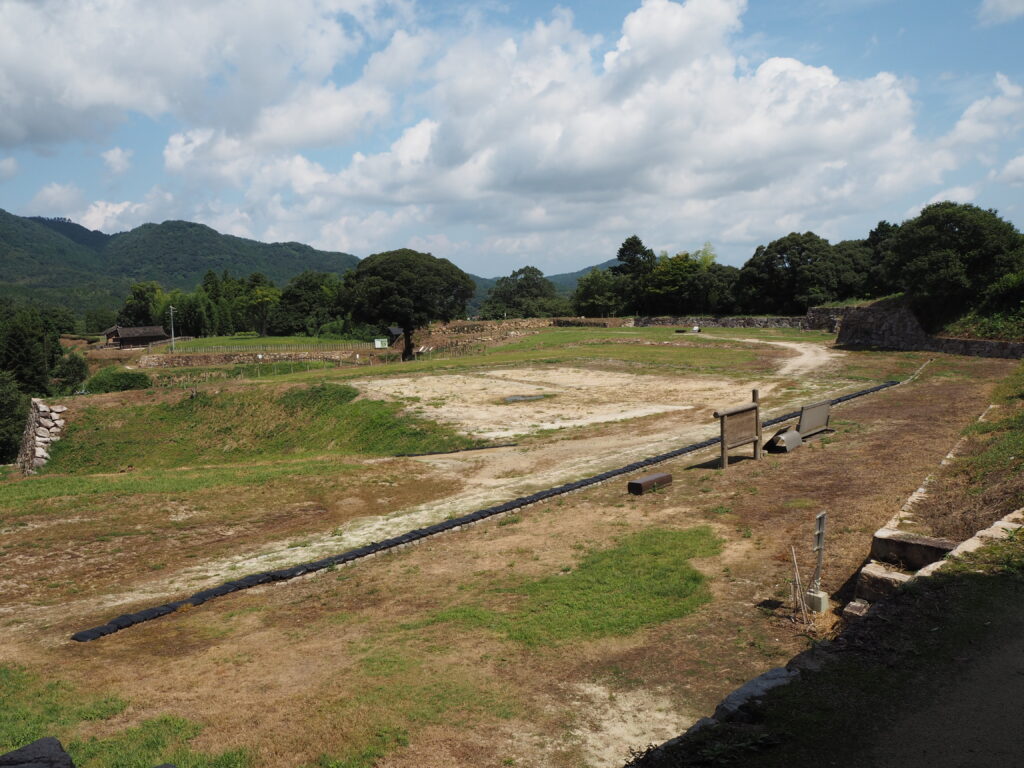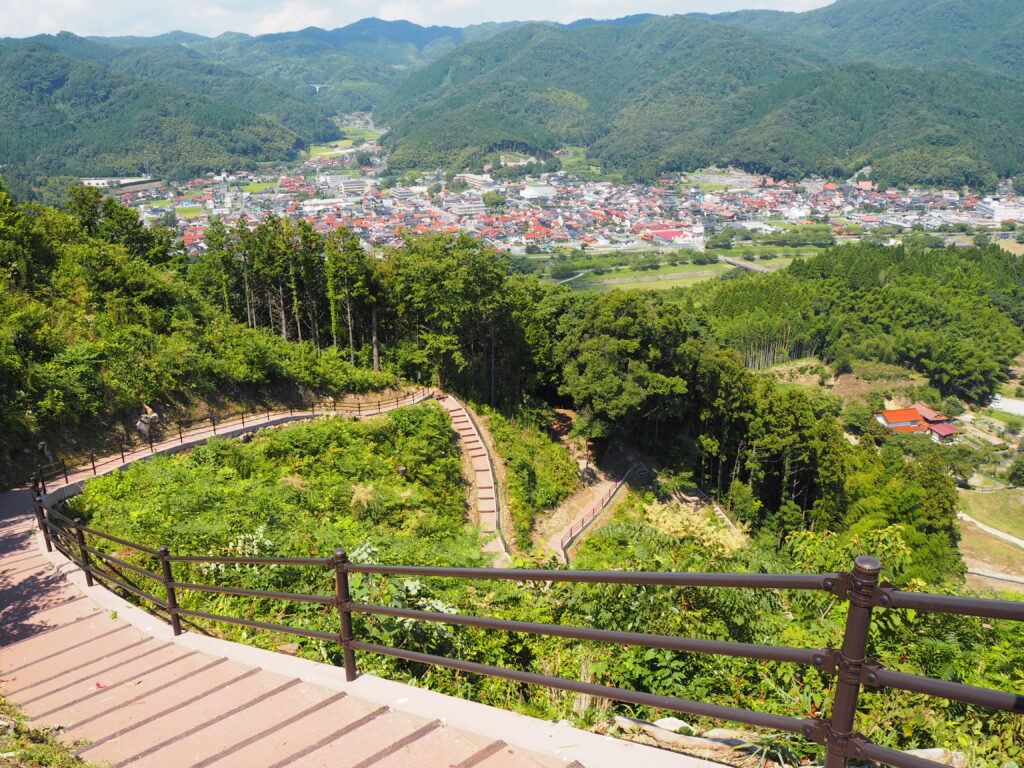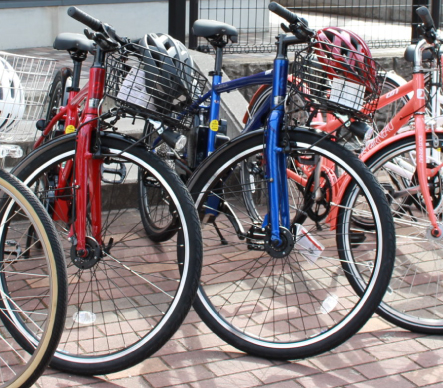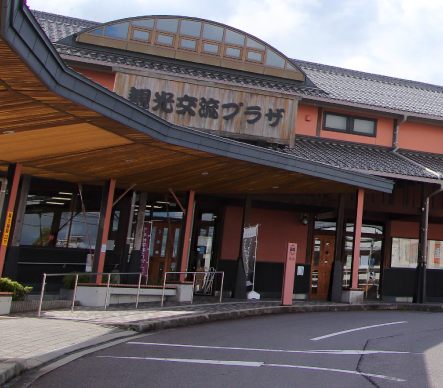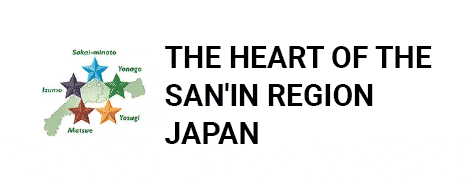Gassantoda Castle
Infomation
Tomita, Hirose Town, Yasugi City, Shimane Prefecture
Located in the area of Mt. Gassan, Gassantoda Castle was the main castle of the Sengoku daimyo Amago and served as a base for conquering the Sanin and Sanyo. It is also famous as the castle where Shikanosuke Yamanaka, a tragic military commander who endured hardships, appeared.
After the fall of the Amago clan, Gassan Toda Castle played an important role in the control of the San’in region during the times of the Mori clan and the Yoshikawa clan. After the Battle of Sekigahara, the Horio clan entered Gassan Toda Castle and made it the base of their rule until Matsue Castle.
Gassan Toda Castle is a multi-walled mountain castle with a main enclosure on the summit of Mt. It can only be attacked from three directions: Sugayaguchi, Mikomoriguchi, and Shiotaniguchi. It is known as a world-famous castle that has built a moat and solidified its defenses and has never fallen.
In 1934, it was designated as a national historic site, and in 2006, it was selected as one of Japan’s Top 100 Castles.
Said to be an impregnable castle, the bronze statue of Shikanosuke Yamanaka, who remained loyal to his master, the memorial tower, and the stone walls and stone-paved old roads that remain here and there convey the remnants of the past.
*Currently, the mountain trail from the Yasugi City side of Katsuyama Castle is not well maintained, making it difficult to climb to the top.
If you wish to climb the mountain, please climb from the Matsue City side.
main history
| ・Hogen and Heiji (1156-1159) | The castle is said to have been built by Taira no Kagekiyo, the general of the Heike clan. |
| ・mid 15th century | Izumo Shugodai Amago entered the castle. After that, it became the residence of the Amago clan for over 100 years until Yoshihisa Amago. |
| ・Tenbun 11 (1542) | First Battle of Gassan Toda Castle (Amago vs. Ouchi/Mori Allied Forces) |
| ・Eiroku 8th year (1565) | Second Battle of Gassan Toda Castle (Amago VS Mori) |
| ・1566 | The Amago clan is defeated by the Mouri, and the castle also becomes the territory of the Mouri. |
| ・Keicho 5th year (1600) | Tadashi Horio becomes the lord of the castle |
| ・Keicho 13 (1608) | Horio Tadaharu moves to Matsue Castle |
| ・Showa 9 (1934) | designated as a national historic site |
| ・2006 | Selected as one of Japan’s Top 100 Castles |
Topics.
・Highest evaluation in the May 2019 issue of the historical magazine “Historical People” special feature “Sengoku Yamashiro Taizen”
・Introduced in NHK BS Premium “Selection of Heroes” Yamashiro Special.
・A visit to both Kiyomizu-dera and Unju-dera is held at Yasugi Kiyomizu-dera, a place related to the Amago clan.
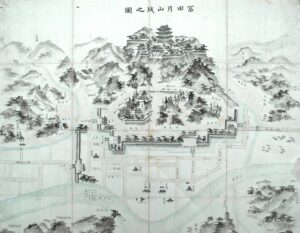
Document download
・Please see here for the bus schedule to “Gassan Toda Castle Ruins”.
・“Gassan Toda Castle Ruins Contour Map” can be downloaded from here.
Spot introduction
Senjohira
It is said to be a place where soldiers gather together.
Taikonodan
It is said that in the Amago period, it was a place where drums were beaten, the time was announced in normal times, signals were sent to vassals in emergencies, and soldiers were summoned.
horse riding baba
It is said that the long and narrow Kuruwa, which is 10 to 20 meters wide and about 140 meters long, was a training facility for horses.
Okushoin
It is said that there was a shoin-zukuri building in the middle of the kuruwa between the taikonodan and the hananodan.
flower bed
The traces of facilities such as the horidate pillar building remain at the samurai dormitory at that time, and some of them have been restored and maintained.
Sanchu Gotenhira
It was one of the most important places in the castle, on the flat land just beyond the main gate.
Oodorui
The huge earthwork on the west side of Yamanaka Gotendaira is about 7 meters high and about 130 meters long, and the dry moat outside is about 10 meters wide and more than 5 meters deep.
Nanamagari
A very steep military road from the Sanchu Palace to the summit.
Sannomaru
Sannomaru is the first Kuruwa when you climb Nanamagari. About 30 meters wide and 100 meters long. It is thought to be from the Yoshikawa period, as the stone walls were built in steps.
Ninomaru
If you look in the direction of the Sannomaru from the north side, you can see the steep cliffs that have been processed into the cut bank, and the structure is designed to keep out attackers.
Honmaru
A 20-meter-wide, 170-meter-long Kuruwa located at the innermost part of the summit.
Commentary on Gassan Toda Castle and the Amago Clan
The rise and fall of the Amago clan
What kind of family was the Sengoku daimyo “Amago clan” who ruled over the 11 provinces of San’in and Sanyo at their peak, centering on Gassan Toda Castle in Hirose Town, Yasugi City?
An easy-to-understand explanation of Amago Seisuiki
I will explain the Amago rise and fall in an easy-to-understand manner.
A place related to Shikanosuke Yamanaka
Yukimori Yamanaka Shikanosuke, a warlord of Yasugi City
Introducing the turbulent life of Yamanaka Shikanosuke Yukimori, a tragic Sengoku military commander with many hardships.
Kawanakajima Battle Monument
This is the place where it is said that Yamanaka Shikanosuke Yukimori and Natsuki Rosuke Katsumori fought one-on-one on Kawanakajima in the Tondagawa River.
Birthplace of ShikanosukeYukimori Yamanaka
There is a stone monument at the ruins of the Yamanaka mansion, which is said to be the birthplace of Shikanosuke Yamanaka.
Mount Mikasa
Shikanosuke Yamanaka is said to have worshiped the crescent moon hanging over Mt.
MAP
Share
Please follow!
Related spot
-
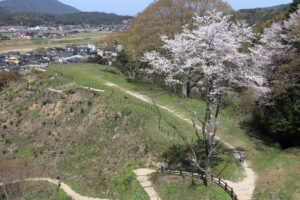
horse riding baba
Address〒692-0403
Tomita, Hirose Town, Yasugi City, Shimane PrefectureContactClick here to read more

-
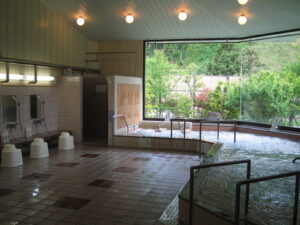
Yuda Villa
Address〒692-0733
1373 Higashi Hida, Hirose-cho, Yasugi-shiContact0854-34-0240
HolidayWednesdays (However, if it is a holiday, we will be closed the next day.)
Closed from June 2023 to around fall 2023 due to renovation work.Click here to read more

-
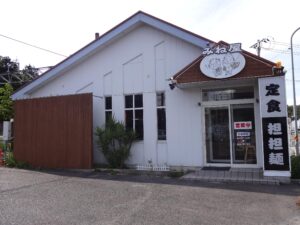
Restaurant Mineya
Address〒692-0024
2547 Shimada-cho, Yasugi-shiContact0854-22-0839
HolidayTuesday
Click here to read more

-
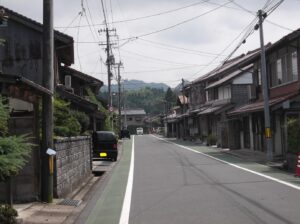
Streetscape of Mori
Address〒692-0207
Hakata-cho, Yasugi-shiaContact0854-37-0225 (Mori Exchange Center)
Click here to read more






